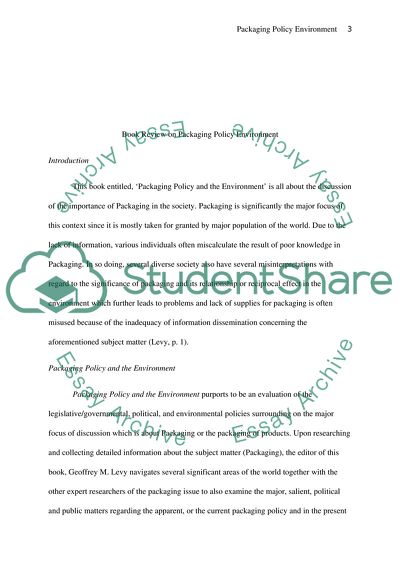Cite this document
(Reciprocal Effect in Packaging Policy and the Environment by Levy Book Report/Review, n.d.)
Reciprocal Effect in Packaging Policy and the Environment by Levy Book Report/Review. Retrieved from https://studentshare.org/environmental-studies/1729731-book-review-packaging-policy-and-the-environment
Reciprocal Effect in Packaging Policy and the Environment by Levy Book Report/Review. Retrieved from https://studentshare.org/environmental-studies/1729731-book-review-packaging-policy-and-the-environment
(Reciprocal Effect in Packaging Policy and the Environment by Levy Book Report/Review)
Reciprocal Effect in Packaging Policy and the Environment by Levy Book Report/Review. https://studentshare.org/environmental-studies/1729731-book-review-packaging-policy-and-the-environment.
Reciprocal Effect in Packaging Policy and the Environment by Levy Book Report/Review. https://studentshare.org/environmental-studies/1729731-book-review-packaging-policy-and-the-environment.
“Reciprocal Effect in Packaging Policy and the Environment by Levy Book Report/Review”. https://studentshare.org/environmental-studies/1729731-book-review-packaging-policy-and-the-environment.


